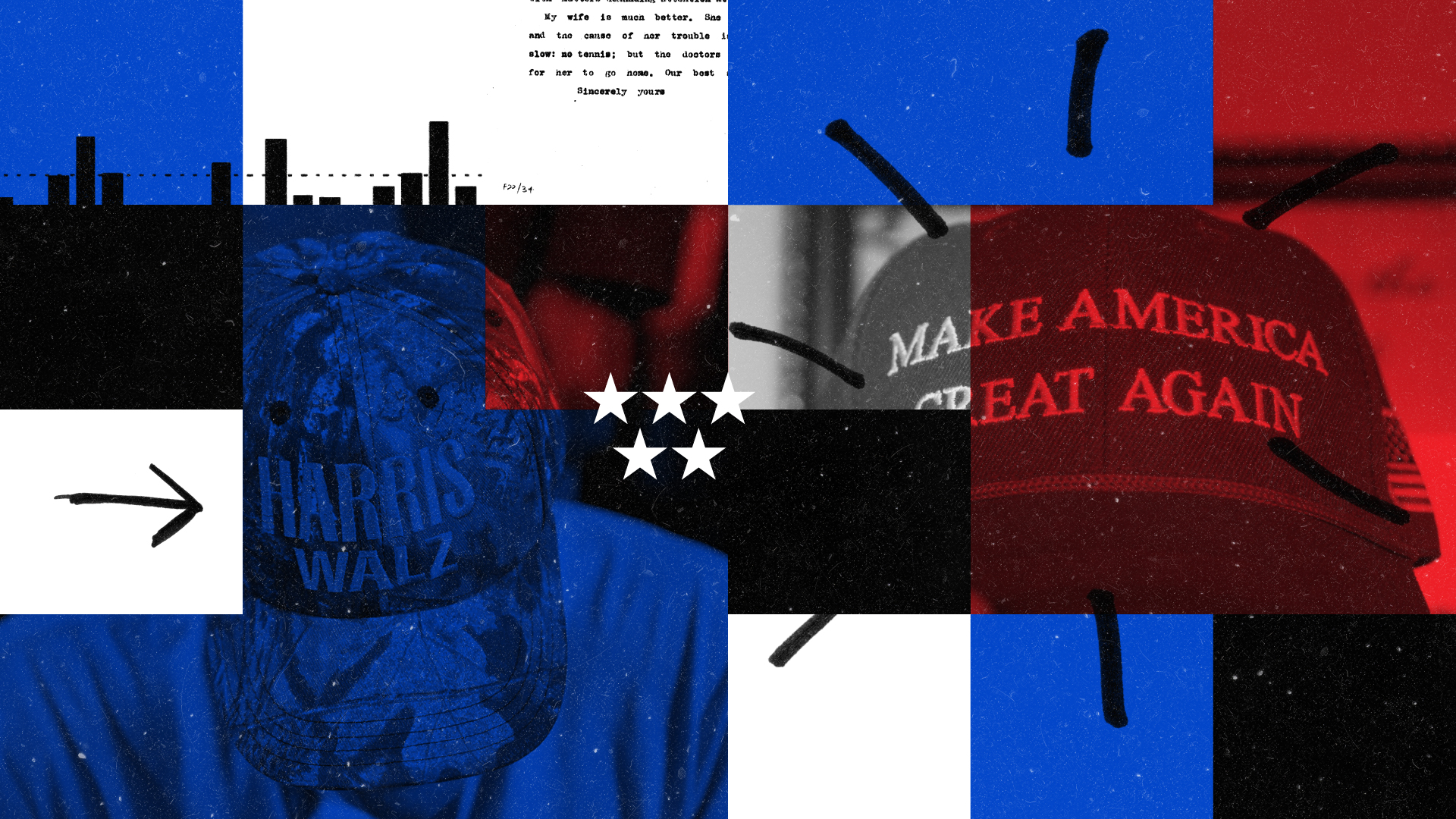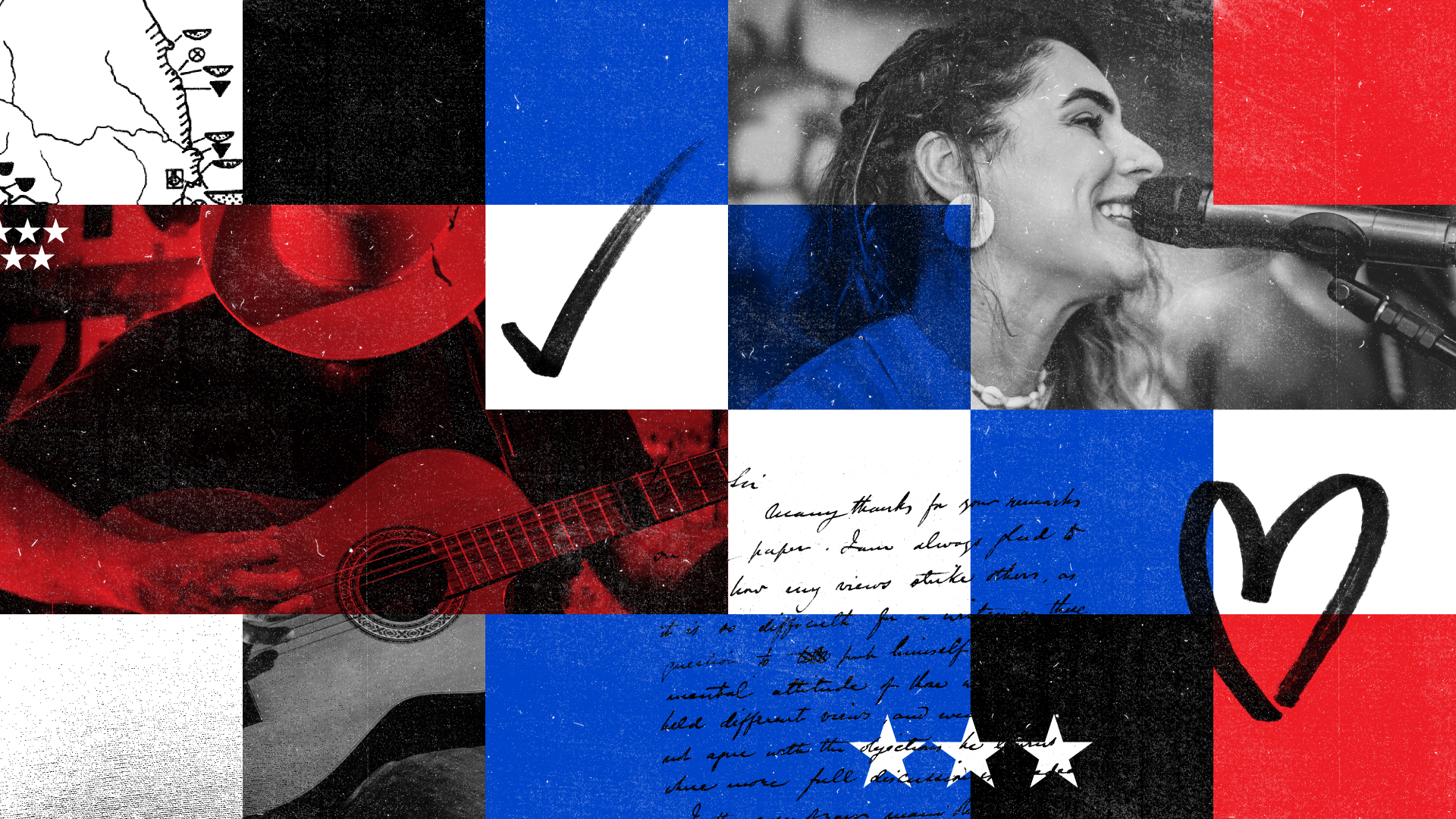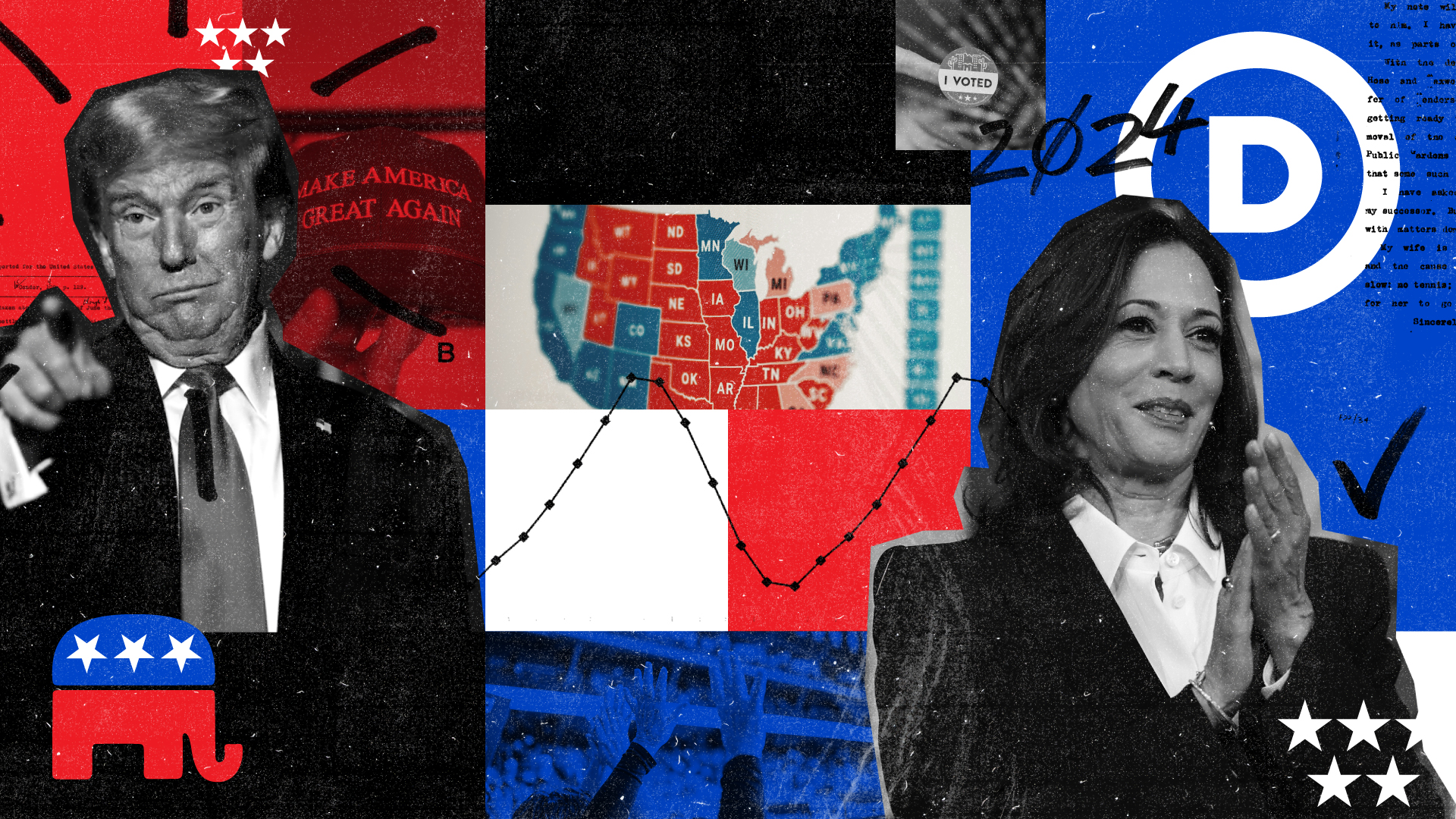MAGA to Minimalism: Political Campaign Branding in 2024
In a time when the power of symbols and narratives drive political momentum, the logos and messaging behind the campaigns of Kamala Harris and Donald Trump reveal a deeper story about American identity and where we may be heading.
A Tale of Two Logos
Consider Kamala Harris and Tim Walz’s sleek, minimalist campaign logo—it’s a deliberate departure from tradition. Clean lines and geometric simplicity, this logo signals a bold, modern step into the future. It’s not adorned with stars, stripes, or the patriotic markers of campaigns past. Instead, it communicates clarity, innovation, and inclusivity—a visual metaphor for a campaign hoping to redefine American leadership. By choosing this design, the Harris-Walz team positions itself as a breath of fresh air, a reflection of a more progressive America, appealing to a younger, diverse electorate hungry for change. The risk? In its effort to break free from the past, the logo might lose the weight and gravitas many associate with the presidency. It’s a balancing act: to be modern but not flippant, forward-thinking but respectful of the institution’s gravity.
Now, take a look at Donald Trump’s campaign. His logo stands firmly rooted in tradition, with bold serif fonts and the unmistakable red, white, and blue. Here are the stars, the stripes, the classic American imagery that stirs nostalgia. It’s not just a design choice—it’s a clear nod to his base, signaling stability, patriotism, and a continuation of the familiar. For Trump, this isn’t just about making America great—it’s about keeping it the way it’s always been. The logo reassures his supporters, grounding them in the historical symbols they know and trust.

Hats as Brand Icons
And then there’s the hats—perhaps the most instantly recognizable pieces of political merch in recent memory. Trump’s red “Make America Great Again” hat has become more than just a slogan—it’s a cultural artifact. Love it or hate it, it’s a symbol of his movement. That bright red cap screams populist appeal and proudly carries the weight of Trump’s America-first message. But for those who oppose him, it’s also a lightning rod for controversy, a simple design packed with complex emotions.
On the other side, Harris-Walz enters the hat game with a touch of humor and style. Their camouflage cap, emblazoned with the playful slogan “Don’t Tell Donald,” exudes a laid-back rebellion. It’s a softer, lighter approach to political merchandise, one that hints at cleverness and relatability, signaling a shift towards a younger, progressive audience. Where Trump’s hat is a rallying cry, Harris-Walz’s is a wink—a moment of levity in the midst of a serious campaign.
These symbols—whether sleek and modern or rooted in tradition—are more than just design choices. They speak to the heart of what these campaigns represent. Trump’s is a nod to a romanticized past, while Harris-Walz’s logo is a beacon for a future reimagined. They are two sides of the same American coin, both vying for the trust of a divided electorate.

The Soundtracks of Ideals
The music each campaign uses to rally their base further amplifies these messages.
Trump’s soundtrack, filled with nostalgic classic rock, evokes a longing for a bygone era, reinforcing his vision of returning to America’s perceived golden age.
Harris, on the other hand, turns up the volume on inclusivity and progress, her playlist a reflection of the diversity she champions.
Crafting the Campaign Voice
Speeches, too, tell the story of these campaigns. Trump’s blunt, combative style mirrors the urgency and aggression of his rhetoric. It’s a constant fight—his words designed to energize his base and paint him as the last bastion of hope against a decaying political system.
Kamala Harris speaks of unity, justice, and the collective good, her gestures and language offering a sharp contrast.
Where Trump thrives on confrontation, Harris appeals to a shared future, one built on the ideals of progress and inclusivity.

Aligning with Brand Values
Endorsements and alliances bolster these identities further.
Harris’s connections to ethical brands like Patagonia and cultural figures like Billie Eilish solidify her progressive credentials, making her campaign feel aligned with today’s social movements.
Trump’s brand, in contrast, is buoyed by endorsements from business titans and populist icons, reminding his voters of his steadfast connection to working-class America and the industries that built it.
In the end, as these campaigns race towards the finish line, their logos, music, speeches, and alliances combine to create a tapestry of American identity.
The Harris-Walz ticket offers a reimagining of what leadership could look like in the 21st century, while Trump clings fiercely to the symbols and messages that carried him to victory in 2016. It’s a battle not just for votes, but for the soul of a nation grappling with its past and its future.